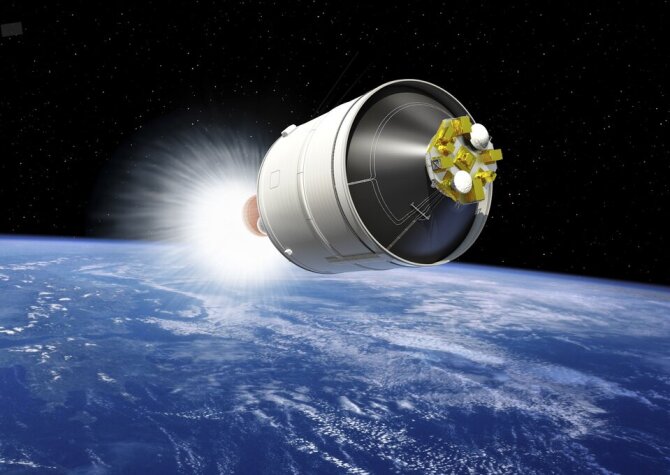Europe The long-delayed Ariane 6 rocket It finally took off in July, picking up where the legendary Ariane 5 left off. Most of the mission went off without a hitch, but there were A worrying problem at the endThe failure of a minor component prevented the upper stage from reaching the planned altitude and releasing the final payloads. The Ariane 6 launcher task force has been investigating the anomaly for the past few weeks and there is good news: it will be easy to fix.
The Ariane 6 is a heavy lift rocket similar to the Ariane 5 recently retiredIt is a non-reusable vehicle with a maximum payload in the same range as the previous rocket, a little over 20,000 kilograms. low earth orbitThis is similar to the maximum capacity of SpaceX's Falcon 9, but upon landing the first stage is reduced to just a few tons less than the Ariane 6. The most important improvement of the new Ariane launcher is the upper stage's Vinci engine, which can be restarted multiple times to access higher orbits or deorbit the vehicle. This is also what caused the anomaly during the first launch.
Shortly after the maiden launch on 9 July, the ESA and ArianeGroup teams realised that the vehicle was not in the correct orbit. They attributed the problem to the auxiliary power unit (APU), which is supposed to pressurise the upper stage’s fuel tanks. As the APU was not operational, there was no way to move the vehicle into the proper position for the release of the final payload. It was a disappointing end to an otherwise perfect launch.
The Ariane 6 launcher task force, made up of ESA, CNES, ArianeGroup and Arianespace, published a report on the flight this week. The problem was due to a simple temperature measurement that “exceeded a predefined limit”. This caused the system software to incorrectly trigger the APU shutdown.
The upper stage's Vinci engine can be restarted multiple times and that should happen reliably after the new software patch.
Credit: Arianespace
Since the problem is due to software and not a component of the rocket itself, the fix is relatively straightforward. Updated flight software has already been created that makes changes to the APU's “cooling sequence.” Arianespace teams are testing it for use on the next launch. The analysis was completed late last month, but the working group decided not to release it until now, possibly waiting for the software fix to be completed.
ESA's plan has always been to conduct a second Ariane 6 launch later this year. Now that the APU anomaly has been fixed, that plan can go ahead. The planned launch will put the French CSO-3 reconnaissance satellite into orbit. “We could have done the second flight without correcting it,” Arianespace CEO Stéphane Israël said at a briefing on 16 September. “But we want to deorbit the second stage during this second flight, and to deorbit the upper stage we need to correct what has happened.”
Ariane 6 was initially supposed to be launched in 2020, prompting some European entities to… moving payloads SpaceX's Falcon 9 has been a hit in recent years. Now they'll get a chance to return to Ariane flights, but companies may have grown accustomed to the lower cost of SpaceX launches. With the long wait and rapid advances by private aerospace companies, Ariane 6 may never have the impact of its predecessor.
